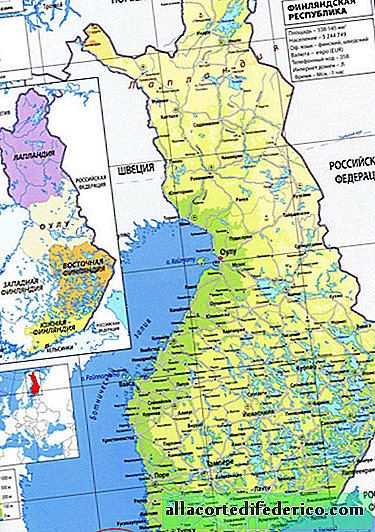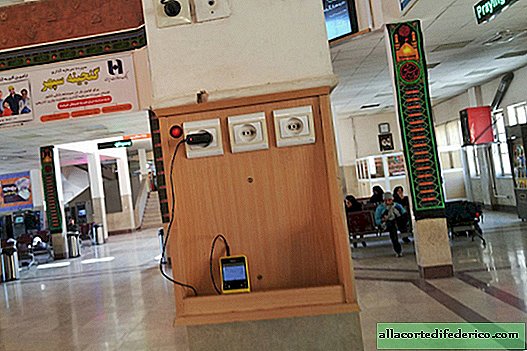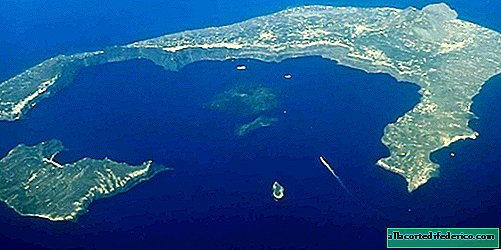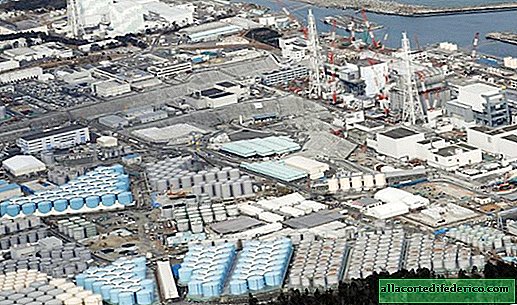Why Sarez Lake keeps the population of four countries at bay
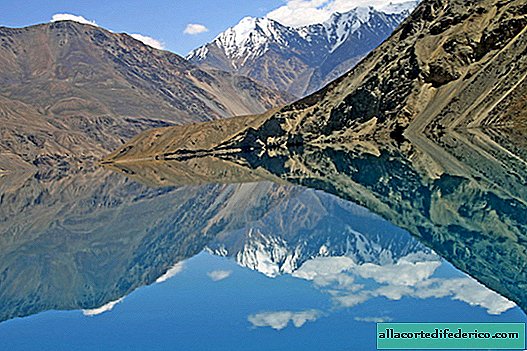
Sarez Lake is the pearl of the Pamirs, located in Tajikistan. This large body of water belongs to the dammed type lakes, that is, the reason for its appearance was the collapse of rocks that blocked the narrow valley of the Bartang river (Murghab), forming a natural dam. This event, which occurred in 1911, was called the Usoi Dam. Scientists suggest that the cause of this phenomenon was a powerful earthquake.

The scale of the Usoi blockage is simply amazing. The rock dam has a height of 567 meters and a width of more than 3 kilometers. This is the largest rock collapse on the planet of all recorded during the existence of mankind. The resulting blockage blocked the river's path, and the resulting bowl of the future lake began to slowly fill with water. For 3 years since the formation of the blockage, researchers did not notice leaks in the dam, but in 1914 it was discovered that springs were leaking through the Usoi blockage. The depth of the new reservoir by that time exceeded 270 meters. 7 years after the formation of the natural dam, the depth of Lake Sarez was already 477 meters, and it filled the river valley with its waters for 75 kilometers from the site of the Usoi Dam.

Today Sarez Lake has a maximum depth of 505 meters. The length of the lake depending on the amount of precipitation and occupancy varies from 65 to 75 kilometers. Such a grandiose size of the reservoir is fraught with no lesser threat.
The fact is that, according to studies conducted in the Bartang Valley, the Usoi Dam is far from the first. On this river, earlier, landslides and dams appeared, which led to the formation of dammed lakes. Geologists have discovered traces of at least 9 similar reservoirs in the Bartang Valley that existed here in the Quaternary. But what happened to them? The reason for their disappearance, most likely, was either earthquakes, which happen quite often in the Pamir mountains, or heavy rainfall, which eroded dams.

Researchers fear that Lake Sarez might suffer the same fate. Despite the fact that over the past years the natural dam has shrunk to 60 meters and significantly compacted, it is difficult to imagine how it will behave under conditions of a strong earthquake and whether the pressure of the increased volume of water will withstand anomalously high rainfall. With an area of 80 square meters. km lake contains about 17 cubic meters. km water, which as a result of a breakthrough, will rush to the lower part of the valley, washing away everything in its path. In addition, there is another danger: a collapse in the water area of the lake itself. Back in the 60s of the last century, a site with an increased risk of landslide was recorded on the coast of Lake Sarez. Even a minor earthquake can provoke a landslide, and then a significant amount of water will be forced out of the lake, which, having poured over a natural dam, will also rush downstream. Such a mudflow is less dangerous than breaking through the dam itself, but also does not promise anything good to residents of settlements in the Bartang valley. In the event of a possible descent of the lake, not only the territory of Tajikistan, but also neighboring Kyrgyzstan, Uzbekistan and Kazakhstan will be affected. The fact is that Bartang flows into the Pyanj River, which in turn is a tributary of the Amu Darya. In the event of a disaster, its scale will be such that the wave will reach both the Amu Darya and the Aral Sea.

Given the severity of the situation, as far back as the 70s of the last century, a project was being developed to build a hydroelectric power station at the location of the Usoi Dam. As a result of the construction of the hydroelectric station, the level in the lake was supposed to decrease by 100 meters, which would minimize the threat of a breakthrough. But due to technical and material difficulties, the project was never implemented, and the question of the safety of the population downstream of the Bartang River remains open. In 2006, with the funds of international investors in the region, an emergency warning system was established, which in case of a catastrophe will warn the population of the threat, but the security issue of Lake Sarez remains unresolved.


